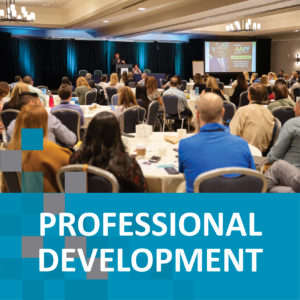It is time for the charter school movement to increase its impact by expanding what it does best–scaling innovation and quality–to include effective alternative schools
There’s a network of innovative alternative charter high schools in New York City which only serves “overaged & undercredited” students. Their graduation rate is 61%, which might not initially sound like excellence.
But would you think differently about this if you knew that this rate is over double the rate for similar students in the city? Would you see 61% in a new light if you knew that these schools serve far more special needs students than the citywide average, and that those students graduate at the same rate as their regular ed peers, an unfortunately extremely rare achievement? Would it matter to you that educators in the juvenile justice system deeply respect these schools as one of the only ones–charter or otherwise–that is truly welcoming to students coming out of detention?
What I am absolutely sure of is that if you had a chance to visit one of these schools, you would begin to understand the schools’ transformative impact, and why their authorizer has approved them to grow in the next couple of years from two schools to five.
You also might ask yourself why there aren’t alternative charter schools like this in every community. The answer lies in the fact that charters are always navigating the pressure to prove success using traditional measures like test scores, which leaves little space to delve more deeply into the work of defining what excellence should look like for schools serving students for whom nothing in the public system is working. By championing bold innovations and expanding the definition of achievement, charters can join a growing national movement focused on making sure every student has a school that works for them.
It’s time for the charter sector to make this a priority, and to be as relentless about bringing innovation and quality to the students in alternative schools as we have about pursuing other national goals. To serve all students, including those who have been systematically failed by districts and charters alike, here’s what we need to do:
- Listen to struggling students and their families, even though the urgency of the crises they face may lead them to a challenging concept of what makes a good school. For a movement that justifiably prides itself on providing authentic choice, the charter sector is often uncomfortable with the fact that for the families of children in alternative schools, the way we traditionally measure success is inadequate. We can maintain our focus on quality and at the same time honor the voices of families for whom schools that provide a path to a stable, dignified life for their struggling children are meeting the highest standards imaginable.
- Take a cue from the charter authorizers who have supported alternative school founders (and their game-changing innovations) and establish a shared definition of alternative school quality. The vast majority of failing students in public schools have been hurt, both personally and academically, by the low expectations of their teachers and schools. The charter sector’s most cherished insight is that all students benefit when they are held to high standards and expectations; now let’s figure out what that means when we serve students in alternative schools.
- Commit to scaling what works in alternative schools with the same vision and energy that have powered the growth of the leading charter networks. When I co-founded my first charter school 25 years ago, it was barely conceivable that even the best among us could grow to multiple schools, not to mention hundreds nationwide. That has changed, obviously, to the benefit of millions of families. Now it’s time to rev up that same growth engine for the charter schools that are doing the best work serving the most marginalized students.
One of the most visible and impactful leaders of the charter movement since its inception, Chris Barbic, shared something that captures our current moment. “Not every charter school is going to be able to serve every type of student,” Barbic says, “but the charter sector as a whole absolutely has to.” There are visionary educators around the country ready to take up the call; the rest of us should make sure they have the tools to do their transformative work at scale.

